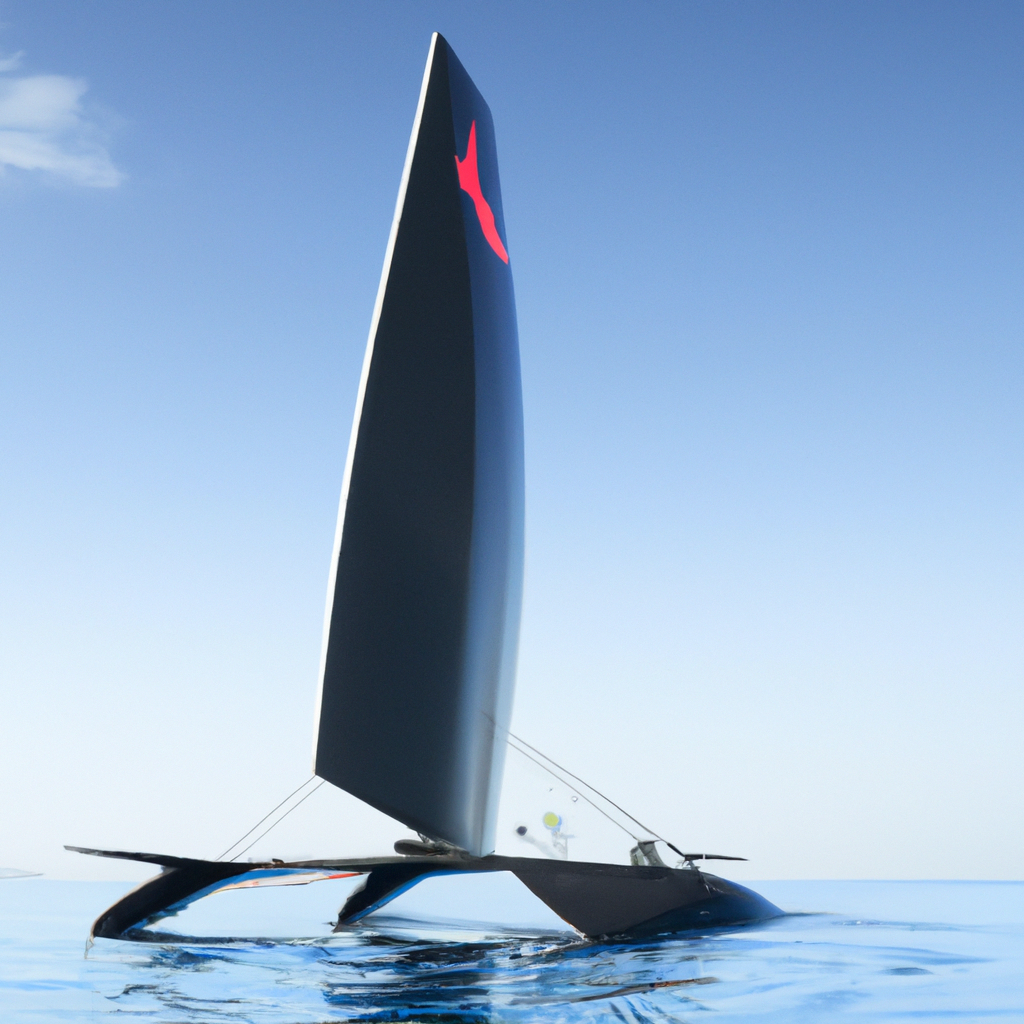
The importance of ship stability and speed
Ship stability and speed are two critical factors that can have a significant impact on the safety, efficiency, and performance of vessels of all sizes and types. Achieving optimal stability and speed requires a thorough understanding of hydrodynamics and its impact on ship design, as well as the various factors that can affect ship stability, such as weight, buoyancy, and free surface. In this article, we will explore the key design elements that can help optimize ship stability and speed, including hull shape and form, ballast systems, propulsion systems, and more.
Understanding hydrodynamics and its impact on ship design
Hydrodynamics is the study of the motion and behavior of fluids, including water, and its impact on objects such as ships. An understanding of hydrodynamics is essential for ship designers and engineers to create vessels that are efficient, stable, and safe. This knowledge can help designers optimize the shape and form of the hull, reduce resistance, and improve maneuverability.
Factors that affect ship stability: weight, buoyancy, and free surface
Ship stability is the ability of a vessel to maintain an upright position and avoid capsizing or sinking. There are three primary factors that can affect ship stability: weight, buoyancy, and free surface. The weight of the ship, including cargo and fuel, must be balanced by the buoyancy force created by the displacement of water. The free surface effect occurs when liquid cargo or ballast water moves within the ship’s hull, causing the center of gravity to shift, and affecting stability.
Key design elements for optimizing ship stability: hull shape and form
The shape and form of the hull play a crucial role in optimizing ship stability. A well-designed hull can reduce resistance, increase maneuverability, and improve stability. The hull can be optimized by adjusting its shape, size, and weight distribution. A bulbous bow, for example, can reduce drag, while a wider beam can improve stability. Additionally, the use of computational fluid dynamics (CFD) can help designers simulate different hull designs and optimize their performance.
The role of ballast systems in maintaining ship stability
Ballast systems are used to adjust a ship’s stability and trim by adding or removing water from ballast tanks. The ballast system can be used to compensate for changes in cargo weight, stabilize the ship in rough seas, and maintain an optimal trim for efficient propulsion. The use of advanced ballast systems, such as active ballast control, can help maintain stability even in extreme conditions.
Propulsion systems and their impact on ship speed
The propulsion system is another critical factor that can impact ship speed and efficiency. A well-designed propulsion system should be able to provide enough power to overcome resistance and maintain the desired speed while minimizing fuel consumption and emissions. Propulsion systems can be optimized by selecting the right type of engine, propeller, and gearing, as well as optimizing the vessel’s weight and hull design.
Designing for efficient fuel consumption and reduced emissions
Reducing fuel consumption and emissions is a critical goal for modern ship design. Fuel consumption can be reduced by optimizing the vessel’s weight, hull design, and propulsion system, as well as implementing energy-saving technologies such as waste heat recovery systems and hybrid propulsion. Additionally, emissions can be reduced by using cleaner fuels, such as LNG or biofuels, or by investing in emission control technologies, such as scrubbers.
Advanced technologies for enhanced ship stability and speed
Advancements in technology are continually improving the stability and speed of vessels. For example, the use of active fin stabilizers can help reduce rolling and improve stability, while the development of high-efficiency propellers and engines can improve speed and reduce fuel consumption. Additionally, the use of automation and remote monitoring systems can enhance safety and improve efficiency.
Computational Fluid Dynamics (CFD) and its role in ship design
CFD is a computer-based simulation technique that can be used to analyze the behavior of fluids, such as water, and their impact on ship design. CFD can help designers simulate different hull designs, optimize the propulsion system, and evaluate the impact of various factors on ship stability and speed. Additionally, CFD can be used to analyze the impact of environmental factors, such as waves and current, on the vessel’s performance.
Integrating safety measures into ship stability and speed optimization
Safety is a critical consideration in ship design, and optimizing stability and speed should not come at the expense of safety. Designers must consider the impact of different design elements, such as the use of ballast tanks and the placement of cargo, on the vessel’s stability and safety. Additionally, the implementation of safety systems, such as damage control measures and evacuation systems, should be an essential part of the design process.
Case studies: Successful ship design and optimization for stability and speed
There are numerous examples of successful ship design and optimization for stability and speed. For example, the Maersk Triple E class container ships were designed with a bulbous bow and a wider beam to reduce resistance and improve stability. Additionally, the use of more efficient engines and propellers has helped reduce fuel consumption and emissions. Another example is the Royal Caribbean Oasis-class cruise ships, which use active fin stabilizers and advanced propulsion systems to reduce rolling and improve speed and efficiency.
The future of ship stability and speed optimization
In conclusion, ship stability and speed are critical factors that can impact the safety, efficiency, and performance of vessels. Achieving optimal stability and speed requires a thorough understanding of hydrodynamics and the use of key design elements, such as hull shape and form, ballast systems, and propulsion systems. Additionally, advancements in technology, such as CFD and automation, are continually improving the stability and speed of vessels. As we look to the future, optimizing ship stability and speed will continue to be a top priority for ship designers and engineers, as they work to create vessels that are safe, efficient, and sustainable.





